Designing Small Dining Table and Chairs for Modern Compact Living Spaces
 Apr 25,2025
Apr 25,2025

 Topmax Furniture
Topmax Furniture
In today's urban-centric world, space has become a valuable commodity. As apartments, studios, and compact homes become the norm, the demand for intelligent, space-saving furniture is rapidly growing. Among these, small dining table and chairs are emerging as essential pieces for modern households. These versatile sets not only fulfill the basic need of dining but are also increasingly designed to serve multiple purposes, offering solutions that are both functional and stylish. For furniture importers and contract furniture suppliers, understanding how to create and select the ideal small dining table and chairs set can unlock new market opportunities and satisfy the evolving demands of contemporary consumers.
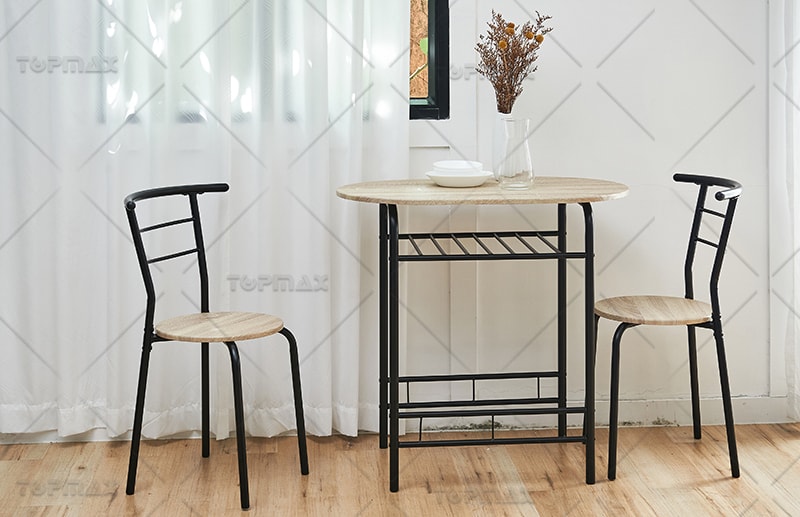
The Paradigm Shift in Small Space Living
The global trend toward smaller living spaces has reshaped consumer expectations for furniture. In cities like Tokyo, New York, and Hong Kong, the average size of a new apartment has shrunk by 20 - 30% over the past two decades, according to the Urban Land Institute. This shift has given rise to a "small space revolution," where every square foot must serve multiple purposes. Small dining table and chairs, once an afterthought, are now central to this movement, expected to transform from a static dining setup into a dynamic component of the home that adapts to breakfast nooks, home offices, craft stations, or even temporary guest seating.
For commercial buyers, this presents a dual opportunity: meeting the practical needs of urban dwellers while tapping into a design - driven market that values innovation and versatility. A 2024 survey revealed that 78% of small - space homeowners prioritize small dining table and chairs in their purchasing decisions, with dining sets topping the list of essential items. By focusing on designs that maximize utility without compromising on style, manufacturers can offer products that resonate with a broad audience, from young professionals in studio apartments to growing families in compact homes.
Core Design Principles for Small Dining Table and Chairs
1. Space - Efficient Form Factors: Maximizing Utility Without Bulk
The first rule of designing for small spaces is to minimize visual and physical clutter. Modern small dining tables often feature streamlined profiles, with widths ranging from 70 - 90 cm and lengths between 120 - 150 cm, ensuring they fit comfortably in areas as small as 80 square feet. Oval or round table shapes are particularly advantageous, as they eliminate sharp corners that can impede movement, while still providing ample surface area. A 120 cm round table, for example, can comfortably seat 4 - 6 people without overwhelming a small kitchen or living - dining open plan.
Chairs must be equally mindful of space constraints. Stackable or foldable designs allow for easy storage when not in use, a critical feature for households that need to reclaim floor space for other activities. Slim - framed chairs with contoured seats, often measuring 45 - 50 cm in width, strike a balance between comfort and compactness. Materials play a key role here; lightweight aluminum or engineered wood frames reduce the set's visual weight, while transparent elements like glass tabletops or acrylic chair legs create a sense of airiness, making the space feel larger than it is.
2. Multi - Functional Transformability: From Dining to Dynamic Use
The hallmark of successful small dining sets is their ability to transform. Drop - leaf tables, which can expand from a compact 90 cm to 150 cm with extendable leaves, are a classic example, ideal for small families that need extra space for guests. More innovative designs incorporate hidden mechanisms, such as telescopic legs that adjust the table height from dining level (75 cm) to desk height (72 cm), allowing the set to double as a home office during the day. Some manufacturers have even integrated foldable chairs with built - in storage, where seat cushions lift to reveal compartments for tableware or work essentials.
A notable innovation is the "modular dining system," where the table can be reconfigured into different layouts. A central pedestal table with detachable side panels, for instance, can transform from a four - seater dining table into a long communal desk or a compact console table against the wall. Such flexibility caters to the rhythm of modern life, where the same space might host a breakfast meeting, a family dinner, and a craft session within 24 hours.
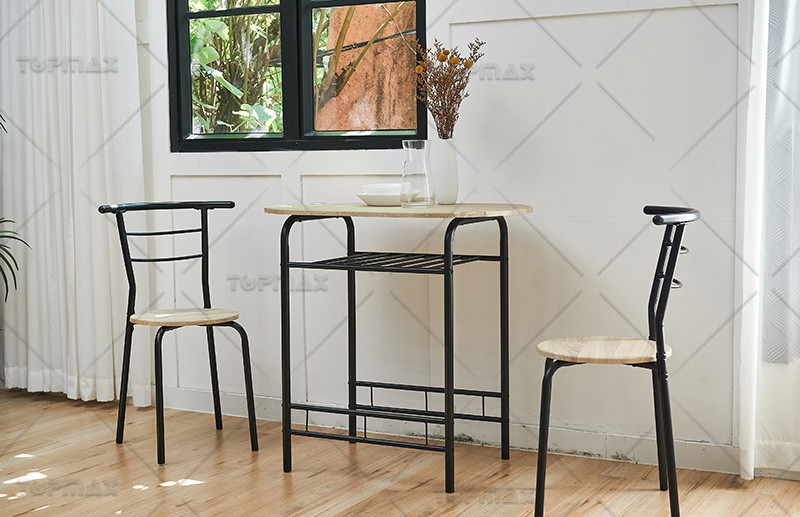
3. Ergonomic Comfort in Compact Dimensions
While space efficiency is crucial, compromising on comfort can lead to customer dissatisfaction. Small dining chairs must provide adequate lumbar support and seat depth (40 - 45 cm) to accommodate extended use. Rounded edges on table corners and chair frames prevent accidental bumps in tight quarters, while adjustable backrests in some models allow users to find their optimal seating position. Upholstery choices also matter; breathable fabrics and high - density foam cushions ensure comfort without adding bulk, and removable covers simplify cleaning—a key consideration for busy households.
Manufacturers are increasingly using anthropometric data to design chairs that fit a wide range of body types within compact dimensions. A recent collaboration between a European design lab and a furniture brand resulted in a chair with a 48 cm width that still meets ISO 7250 ergonomic standards, proving that small can indeed be comfortable for all.
Material and Aesthetic Strategies for Small Spaces
1. Lightweight and Durable Materials for Longevity and Flexibility
The choice of materials in 2 person dining set is a delicate balance between durability, weight, and visual appeal. Engineered woods like MDF with veneer finishes offer the look of solid wood at a fraction of the weight, while aluminum frames with powder - coated finishes resist wear and tear in high - traffic areas. For tabletops, tempered glass or high - pressure laminate (HPL) provide a sleek, easy - to - clean surface that doesn't overwhelm the space.
Outdoor 2 person dining set, increasingly popular in balconies and terraces, require weather - resistant materials like teak veneer or HDPE wicker, which maintain their integrity in moisture and UV exposure. These materials not only enhance the set's lifespan but also offer design versatility, from rustic to minimalist aesthetics.
2. Aesthetic Harmony: Creating Visual Cohesion in Small Areas
In small spaces, the aesthetic of the 2 person dining set must complement, not compete with, the surrounding environment. Neutral color palettes—whites, grays, and natural wood tones—create a cohesive backdrop that makes the space feel larger. Accent colors in chair upholstery or table legs can add personality without overwhelming the room; a set with white oak tabletop and muted green fabric chairs, for example, brings a touch of nature into an urban apartment without visual clutter.
Mirrored or reflective surfaces are another design trick, bouncing light around the room to enhance brightness. A small dining table with a mirrored base or glass top can visually expand the space, while chair designs with open backs or cut - out patterns add texture without blocking sightlines. The goal is to create a set that feels like a natural extension of the space, rather than a bulky addition.
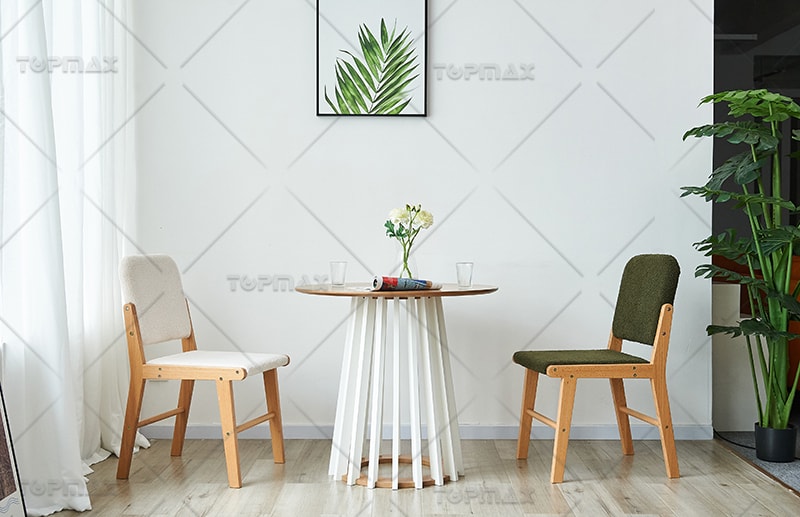
The Future of Compact Dining: Trends to Watch
As technology and societal norms evolve, so too will the expectations for small dining table and chairs. Three emerging trends warrant attention:
Hybrid Workspaces: With remote work here to stay, dining tables are increasingly doubling as desks. Adjustable heights, integrated power outlets, and cable management systems will become standard features.
Modular Systems: Pieces that can be reconfigured into entirely new forms—such as a dining table that converts into a coffee table or a desk—will dominate urban markets.
Biophilic Design: Incorporating natural elements, such as live-edge wood or indoor plants, into compact furniture will appeal to health-conscious consumers seeking to reconnect with nature indoors.
Conclusion: Crafting More Than Furniture—Crafting Lifestyles
In the realm of furniture design, the small dining table and chairs set is no longer just a piece of functional decor. It is a microcosm of modern living—a testament to how thoughtful engineering, material innovation, and human-centric design can redefine the boundaries of space.
As living spaces become more compact and multi-functional, the role of small dining table and chairs evolves from being merely space fillers to becoming central elements of a thoughtful, flexible lifestyle. For importers and contract furniture suppliers, investing in well-designed, ergonomic, and adaptable dining sets is not just a response to spatial constraints—it's a strategic move aligned with the changing patterns of modern life.
To remain competitive, businesses must embrace the fusion of aesthetics, practicality, and sustainability in their offerings. By doing so, they not only meet the expectations of today's consumers but also future-proof their product portfolios in a rapidly shifting market. The innovation in small dining table and chairs design stands as a testament to how thoughtful engineering and creativity can transform even the smallest of spaces into a hub of comfort, function, and style.
 Inquire Now
Inquire Now



 Home
Home The Surging Demand for Modern Dining Table and Chairs in Rental and Hospitality
The Surging Demand for Modern Dining Table and Chairs in Rental and Hospitality  You May Also Like
You May Also Like 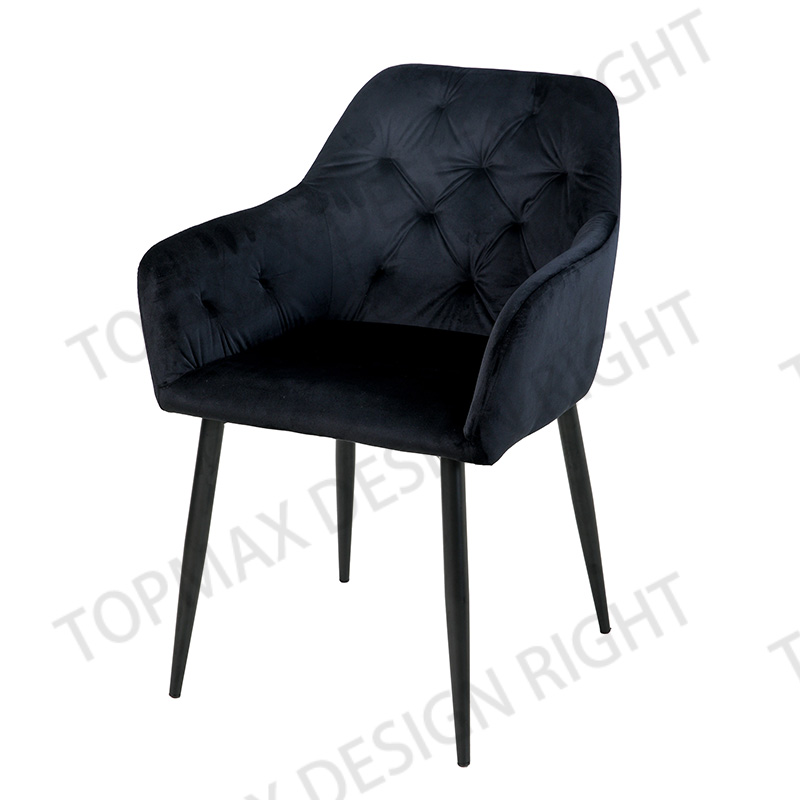

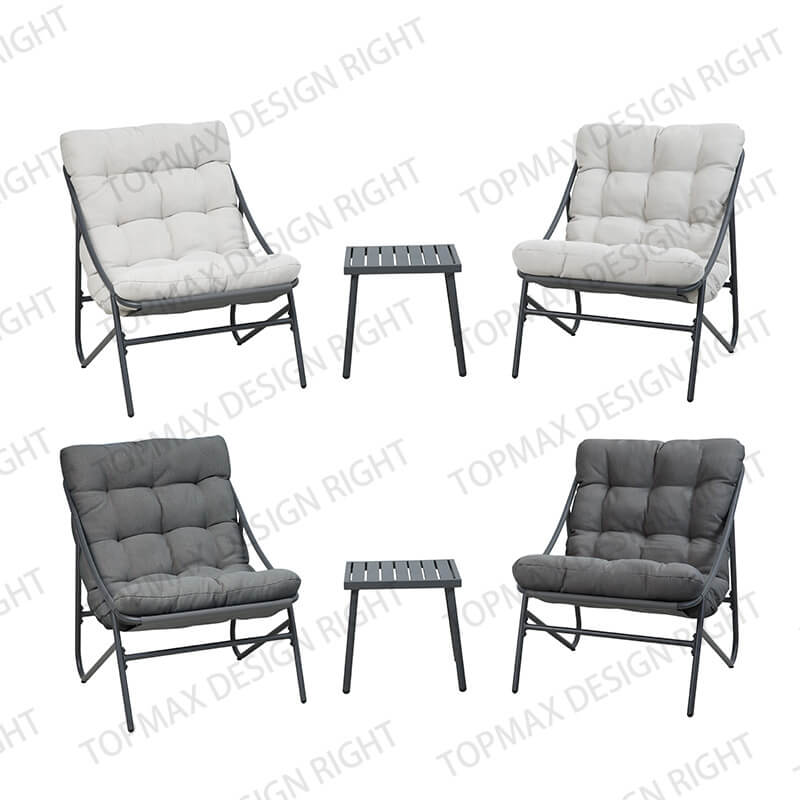
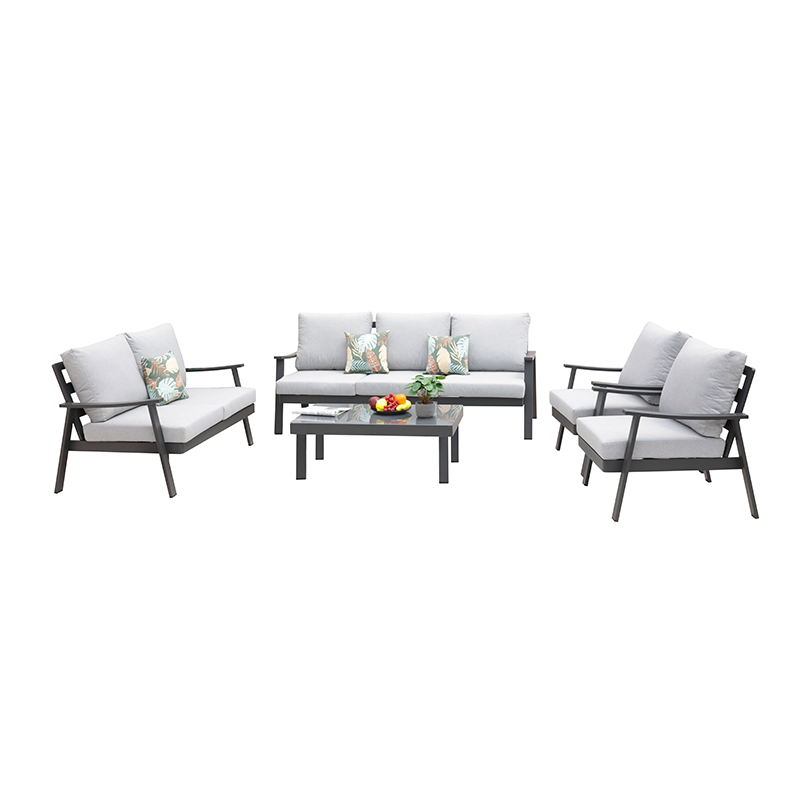

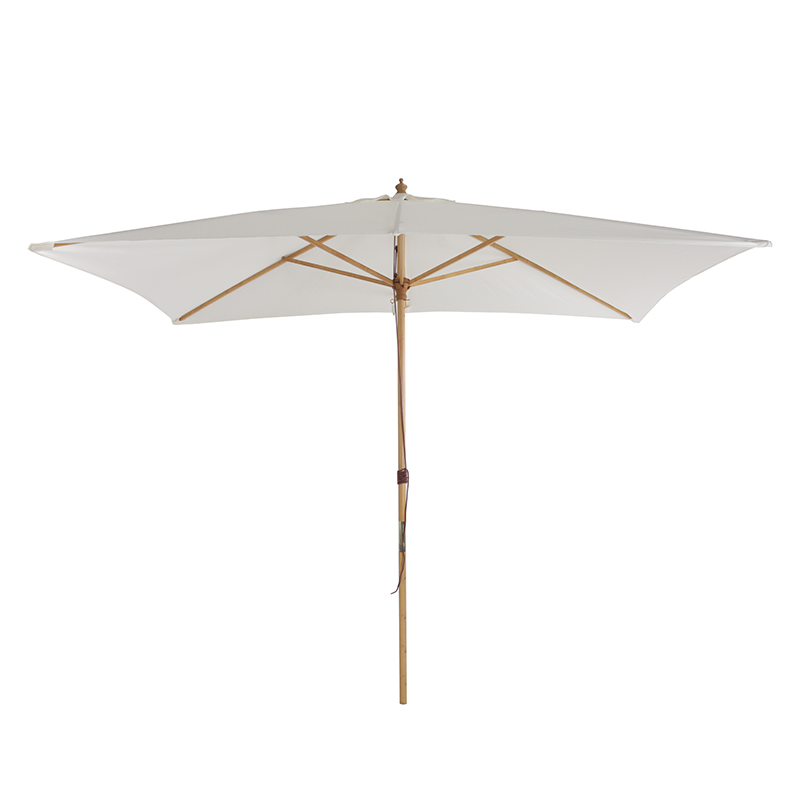
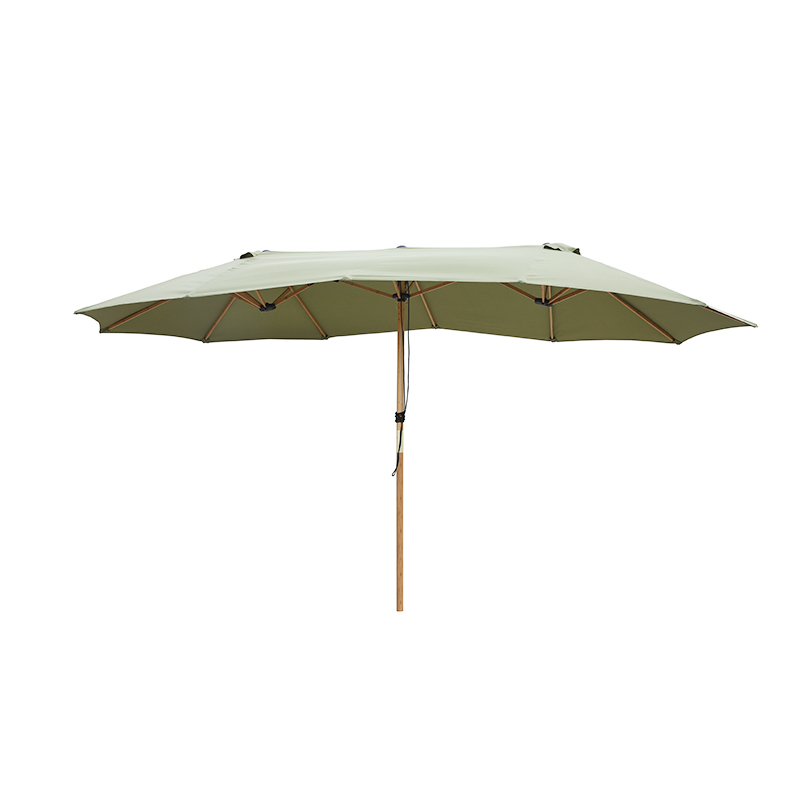
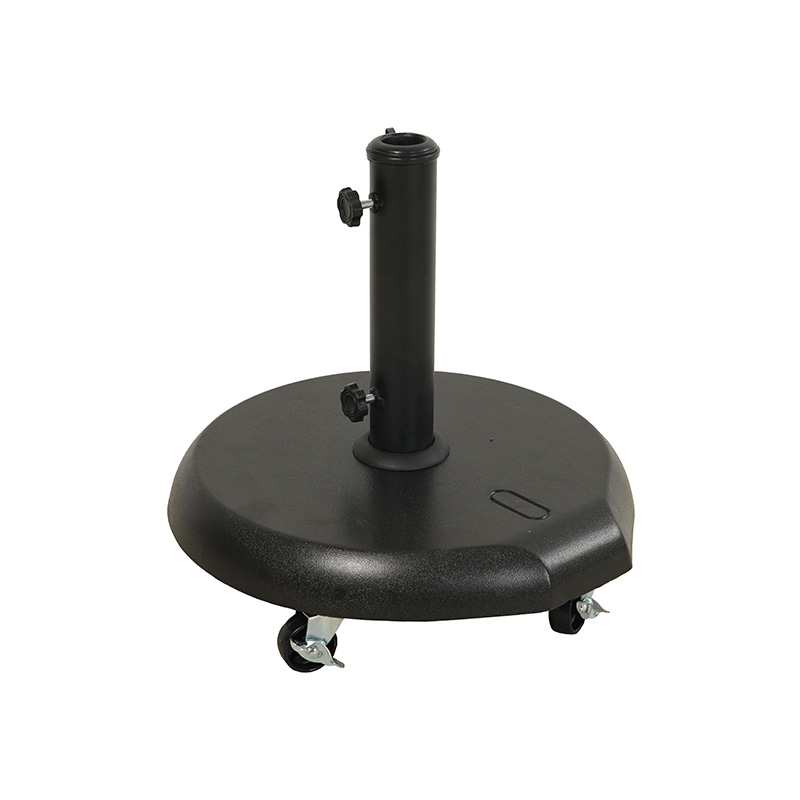
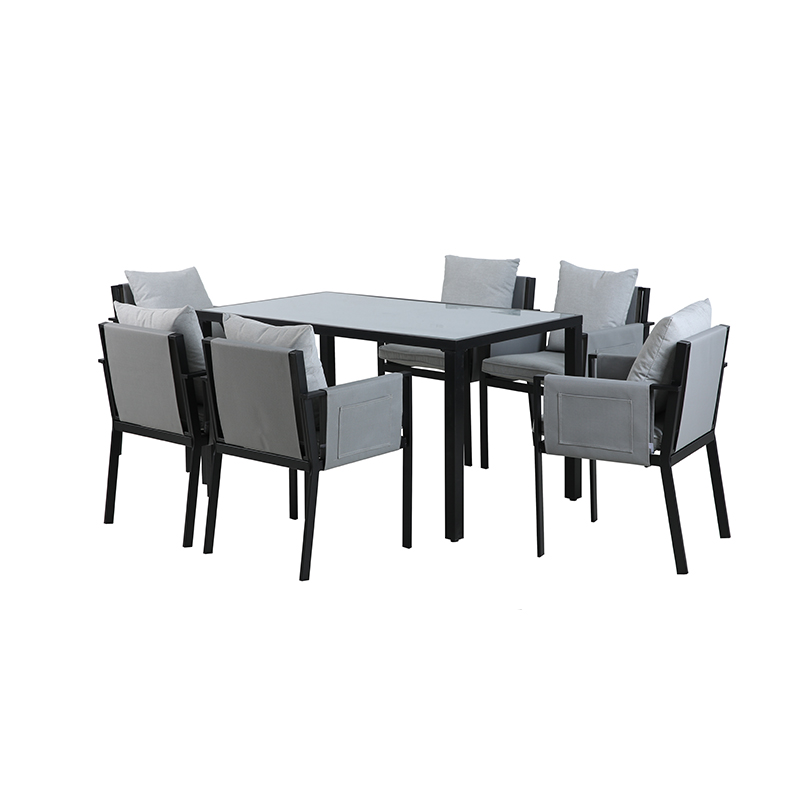
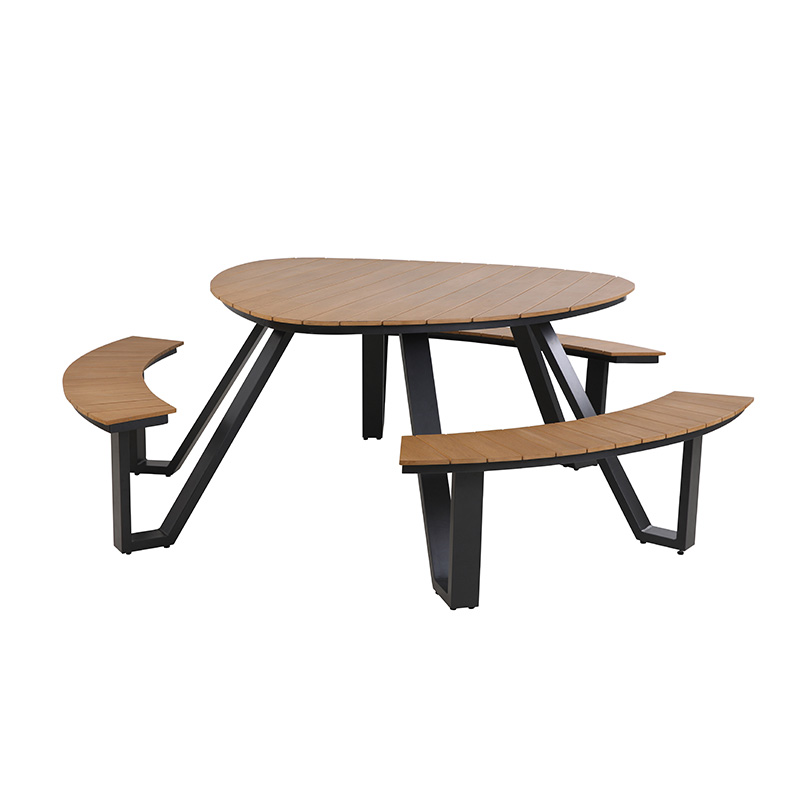
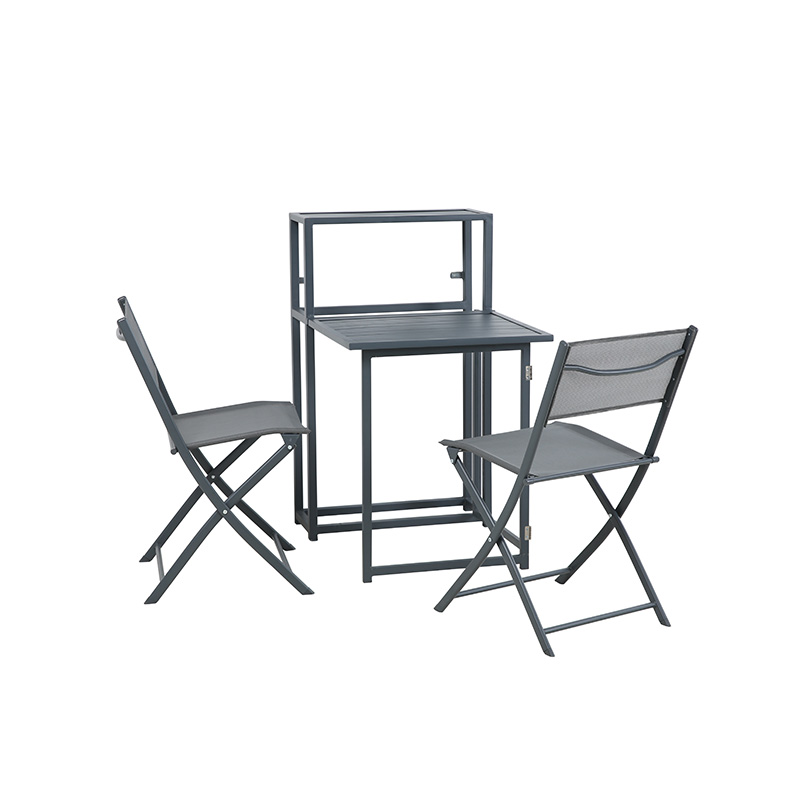
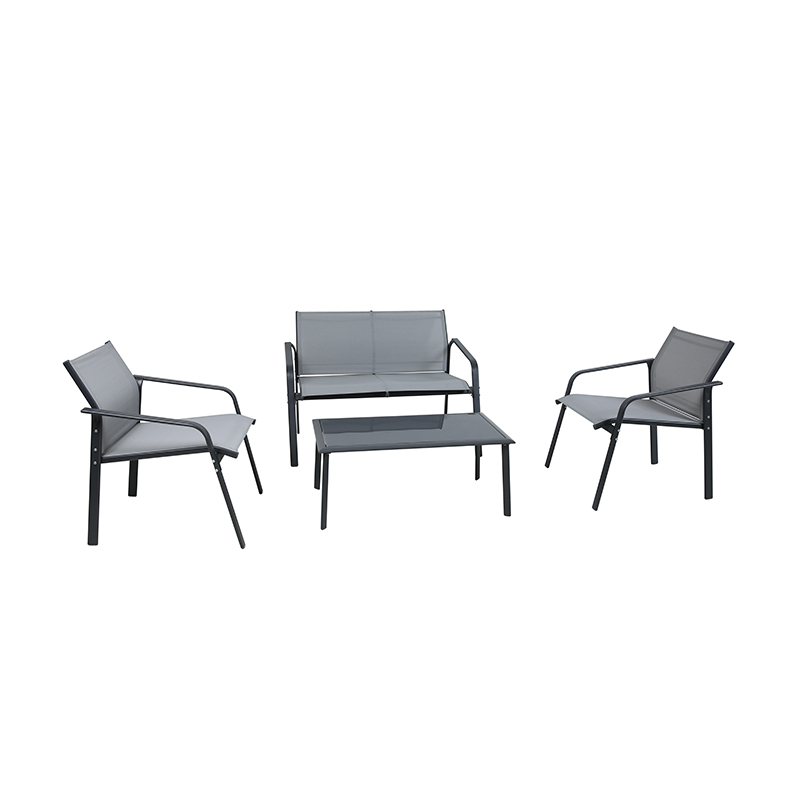
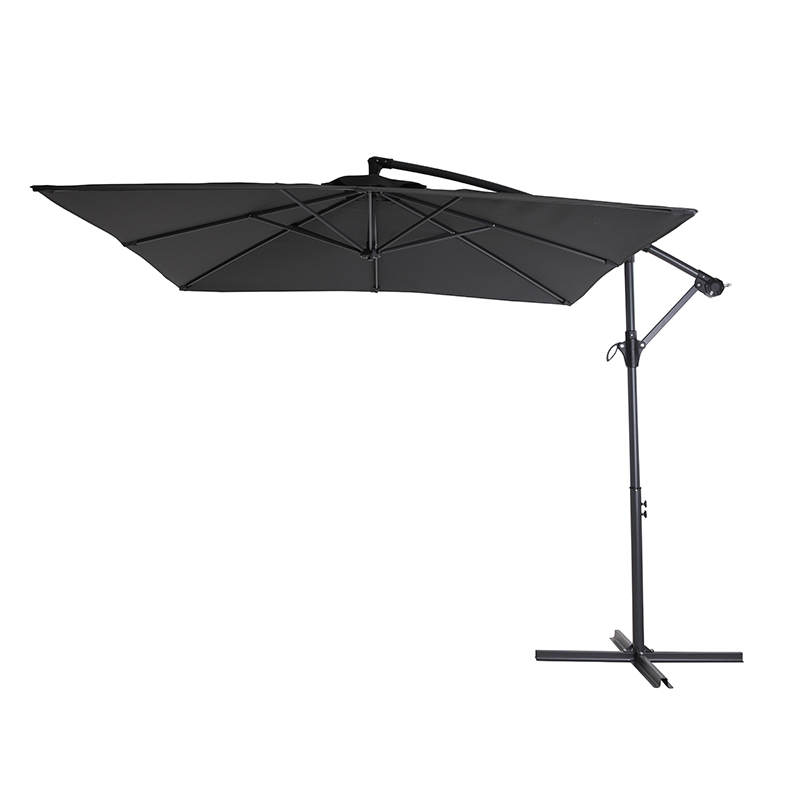
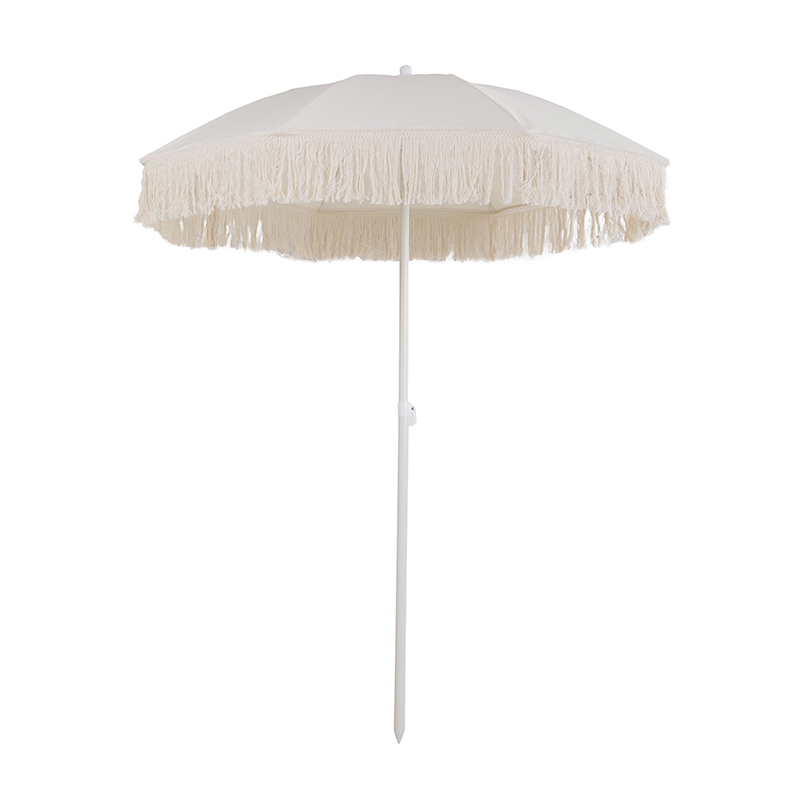

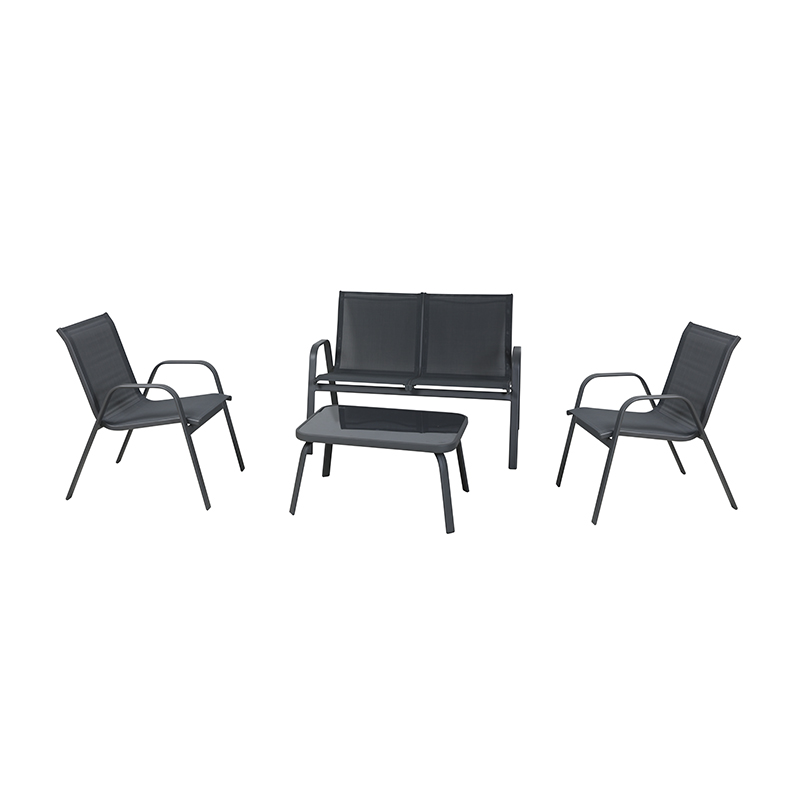
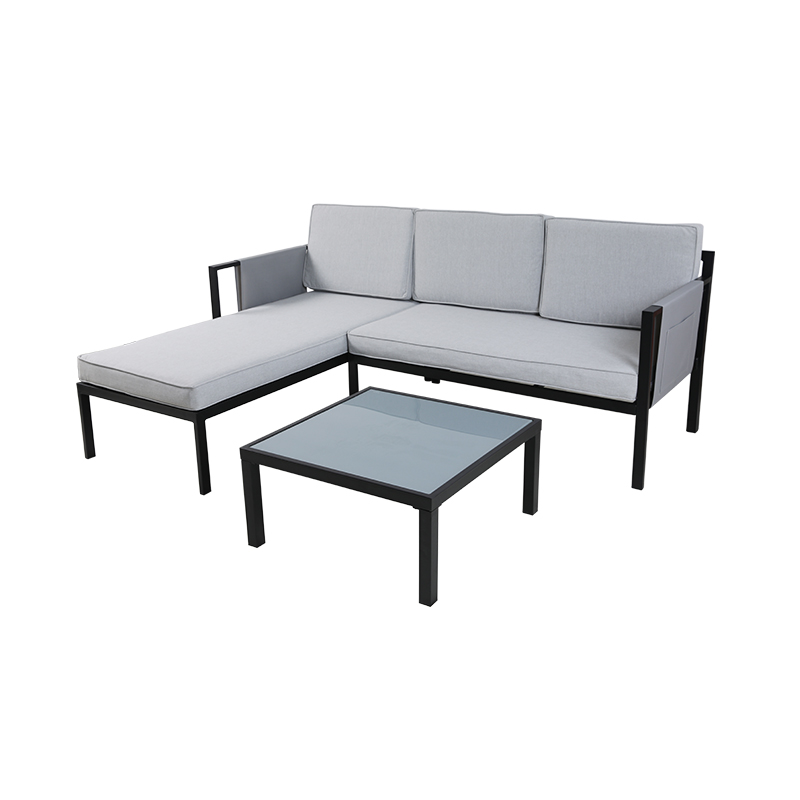
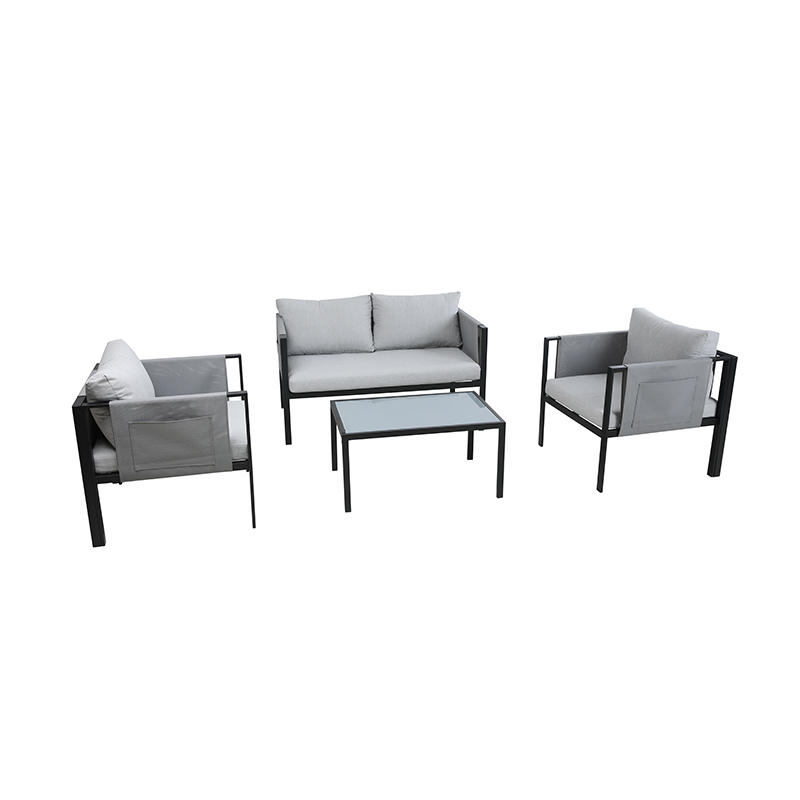


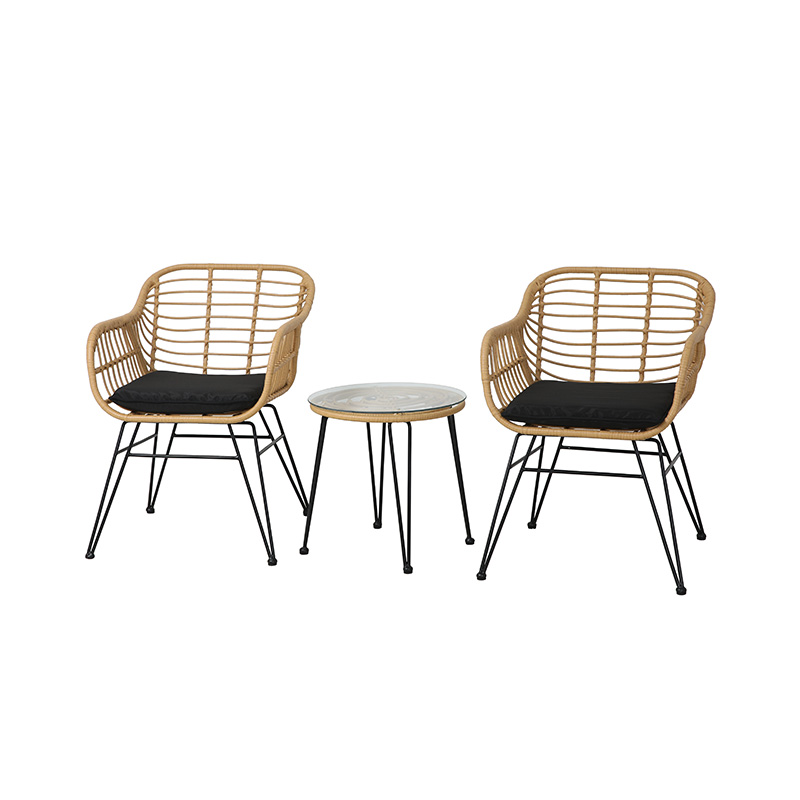

 Tel
Tel  Email
Email  ADDRESS
ADDRESS 














